Why the Lightbulbs of the Future Look So Funny

Ultra-efficient LED light bulbs are all the rage amongst futurist gadget geeks these days. With the eye-popping leaps in efficiency they offer, the latest use-case for light-emitting diodes will change the way we illuminate the world and will probably save the world a little bit thanks to all the energy they save. They also tend to look like props out of Fritz Lang's Metropolis.
The new line of bulbs from the German company Ledo is no exception. The three models — the Bulled Modular, Bulled Star and Bulled Classic — contain 11 dimmable LED modules, last 80 years and use 15 percent less energy than their incandescent equivalents. Rather than the chilling blue glare that you might associate with LED lights, the Bulled line emits a warm, natural glow. As for the robotic look, it's all about ventilation, a key hurdle in bringing LED bulbs into the mainstream.
The cover story in September's Wired magazine goes into depth about the challenges that LED lightbulbs present. The nation's energy problem isn't getting any easier, and because LEDs potentially offer the most efficient light source, the U.S. Department of Energy is keen on helping inventors perfect the design. A couple of problems have plagued that process: the relative dimness of single diode and the intense amount of heat they produce. Wired's Dan Koeppel explains the dream:
Though still rather expensive to produce, LEDs are getting cheaper, just as Haitz’s law predicted, due to both technical advances and economies of scale. They’re also getting brighter, which means manufacturers can use fewer of them per bulb, further driving down costs.…
Before we get to that point, or even to viable, affordable home LED bulbs, engineers have to solve a pair of challenges: cooling the diodes, and the shape of the light. Cooling is essential because hot diodes don’t last long. Also, the cooler they are kept, the more wattage they can handle, which translates into more light per diode. Getting an LED to cast a light in a shape that will properly illuminate a room is perhaps an even more difficult challenge. LEDs are point lighting sources; they shine in only one direction. That makes them fine for floodlights or traffic signs. But for LEDs to replace the Edison bulb, the shape of light they emit has to be round.
 This is where the Metropolis design comes in. The grooves cut out of the Ledo Bulled bulbs act as ventilation shafts that keep the bulbs cool while also producing the familiar round shape. Wired profiles another company's creation, the Switch, which uses a cooling gel and looks even more like an art deco robot. (We've embedded a view different views of the Switch at the bottom of this post.) Inevitably, the greatest challenge will be to perfect the design to maximize efficiency and also lower costs to be competitive in a market that sells incandescent bulbs for a $1 a piece. While the new Ledo bulbs haven't been priced out yet, the Switch costs around $30 per bulb, but it doubles as home decor. The less flashy Sylvania and Philips Ambientled models to the right will set you back $25 and $40.
This is where the Metropolis design comes in. The grooves cut out of the Ledo Bulled bulbs act as ventilation shafts that keep the bulbs cool while also producing the familiar round shape. Wired profiles another company's creation, the Switch, which uses a cooling gel and looks even more like an art deco robot. (We've embedded a view different views of the Switch at the bottom of this post.) Inevitably, the greatest challenge will be to perfect the design to maximize efficiency and also lower costs to be competitive in a market that sells incandescent bulbs for a $1 a piece. While the new Ledo bulbs haven't been priced out yet, the Switch costs around $30 per bulb, but it doubles as home decor. The less flashy Sylvania and Philips Ambientled models to the right will set you back $25 and $40.
But let's be honest. A single LED lightbulb could very well last an entire lifetime, and even if the Ledo bulbs cost $100 a piece, they would pay for themselves in energy savings in no time. Plus, you can't buy the kind of props you'd get from your treehugger friends who come over and ask you why your lightbulbs look so funny. Just tell them you're saving the world.

Source for this Article: The Atlantic Wire






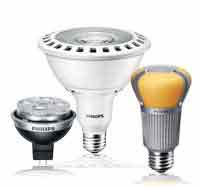
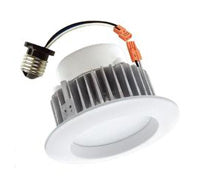

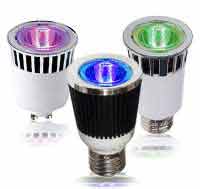


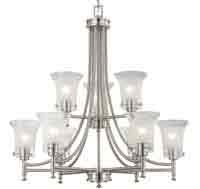
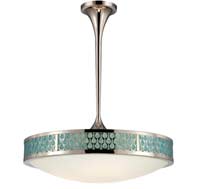




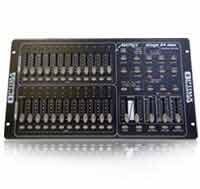






Comments